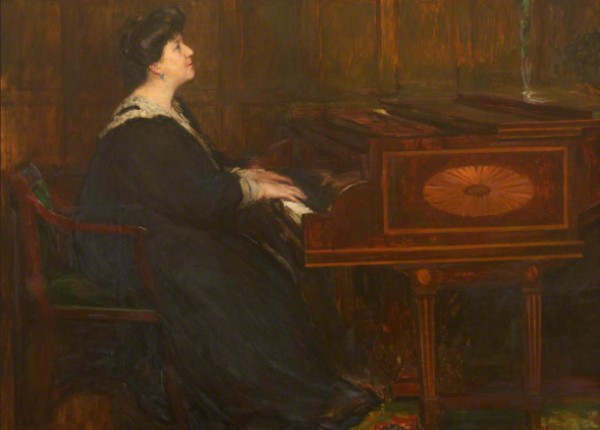Peace must exist in a state of calm; peace does not come to the impatient or the restless; it is achieved through serenity.
Serenity, which has been defined poetically as the ability ‘to accept the things that cannot be changed’, is just one element of the stages of peace. It starts with Hope. On the other hand, Hope is matched with dissatisfaction with how things are. There must be a change.

© fayecornishphotography.com
Step two is that with knowledge of the dissatisfaction, the current situation is examined to see if it can be fixed. This is just a delay. If the problem causing the lack of peace can’t be fixed, then looking at it again won’t bring any new solutions.
Finally, we get to the point of change. The momentum for peace has begun and must be encouraged on to its conclusion, a point of serenity.
Ola Gjeilo’s work, Serenity, was inspired by his love of New York. Its original version was for piano and flugelhorn and was very much a song of the city. He reset the work with the words from Christmas Matins, O magnum mysterium (O great mystery), to create a work that truly is serene.
Ola Gjeilo: Serenity (version for choir and violin) (World Choir for Peace; Esther Abrami, violin; Nicol Matt, cond.)
Swedish composer Dan Evmark’s work Serenity also has this same calming idea behind it.
Dan Evmark: Serenity (Paula Gustafsson, cello; Dan Evmark, piano; Gothenburg Symphony Orchestra)
Spanish composer Vicente Asencio, in his guitar suite Collectivi intim (Intimate Collection), illustrates ideas (joy, calm, delight, haste) via the Baroque Theory of the Affects. He starts his suite, however, with La Serenor (Serenity). Melancholic and thoughtful, the melody sounds over a pulsing bass line.
Vicente Asencio: Collectici intim – No. 1. La Serenor (Serenity) (Lazhar Cherouana, guitar)
American composer Charles Ives, in setting James Greenleaf Whittier’s poem Serenity, set it with an intoned vocal line and a piano part that just hovers on the edge of support – almost like a tolling bell. This is a poem that urges us to cease all our strivings, remove all strain and stress from our soul, and just enjoy the beauty of peace. Ives’ instruction to the singer says that it should be sung ‘very slowly, quietly and sustained, with little or no change in tempo or volume throughout’.
Charles Ives: Serenity (Ian Howell, counter-tenor; Douglas Dickson, piano)
All of these works inspire inward thinking, thinking of the great good, thinking of the ultimate outcomes being peaceful rather than warlike. Think peace – act with serenity.
For more of the best in classical music, sign up for our E-Newsletter



